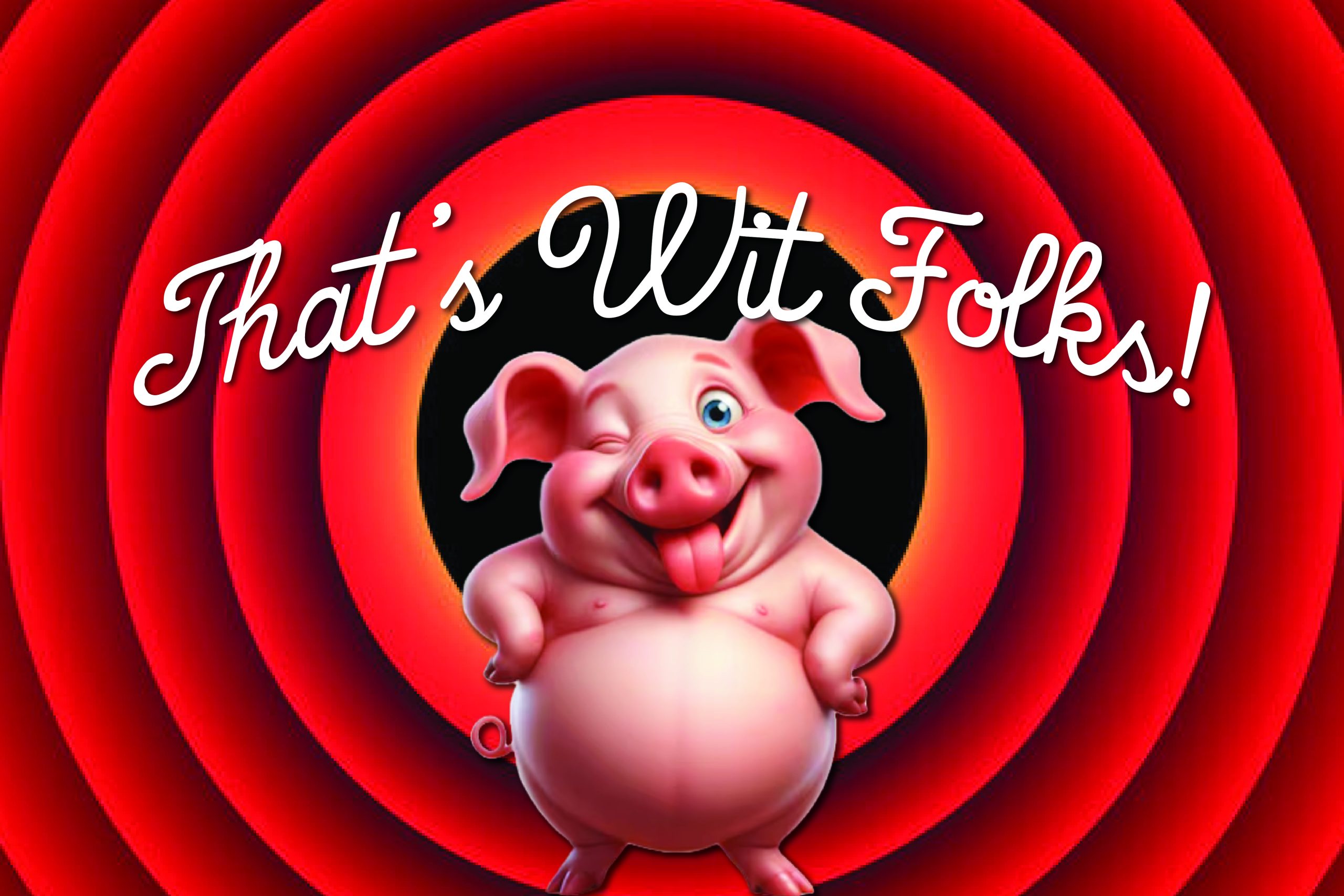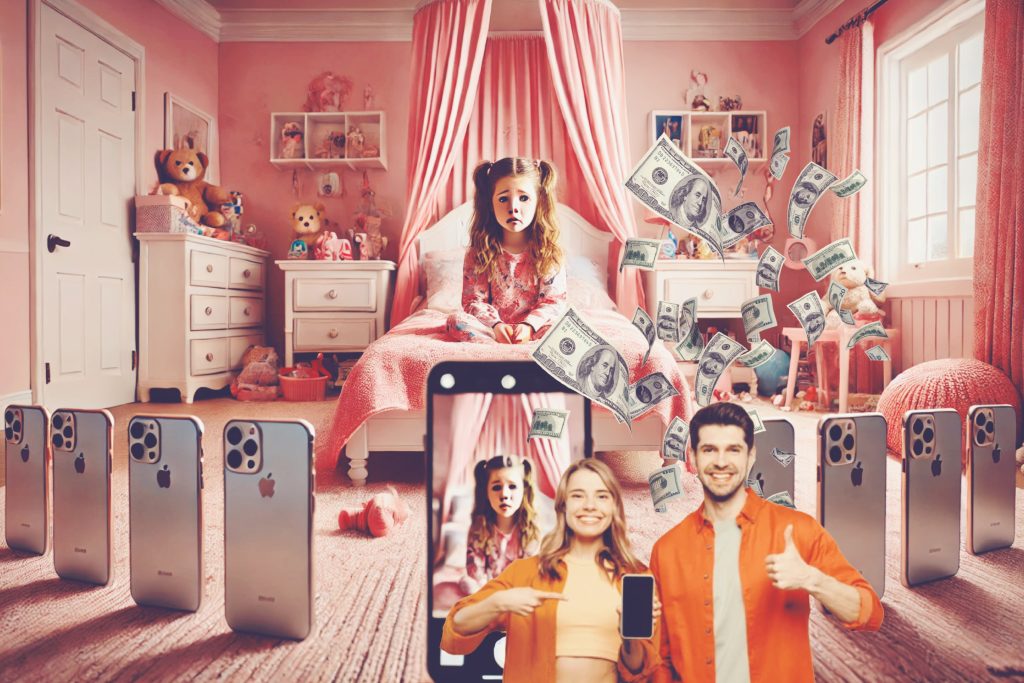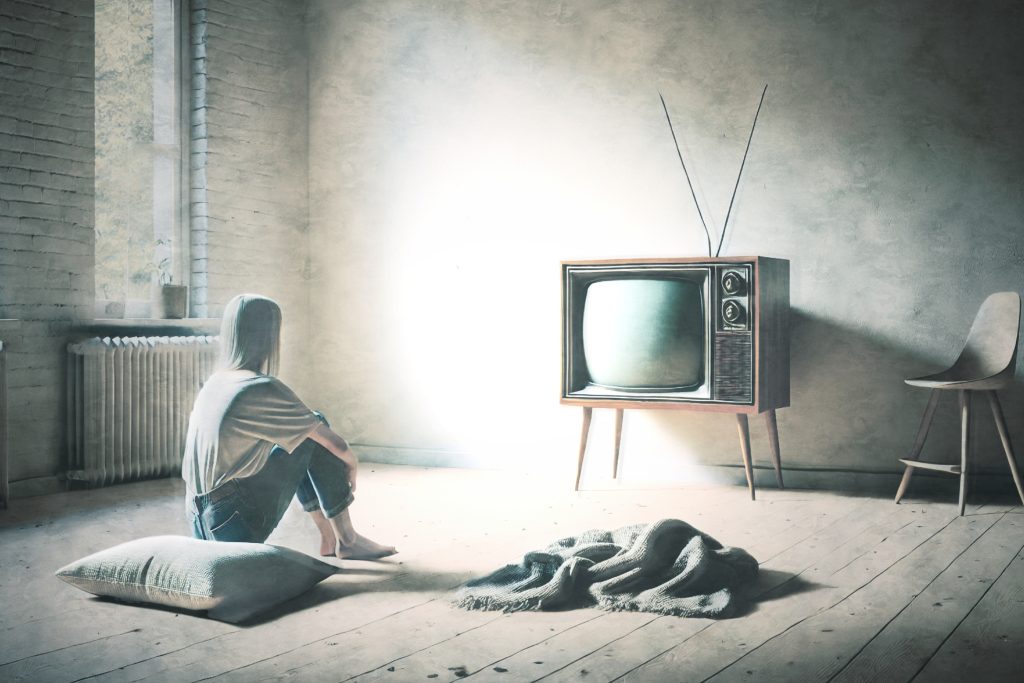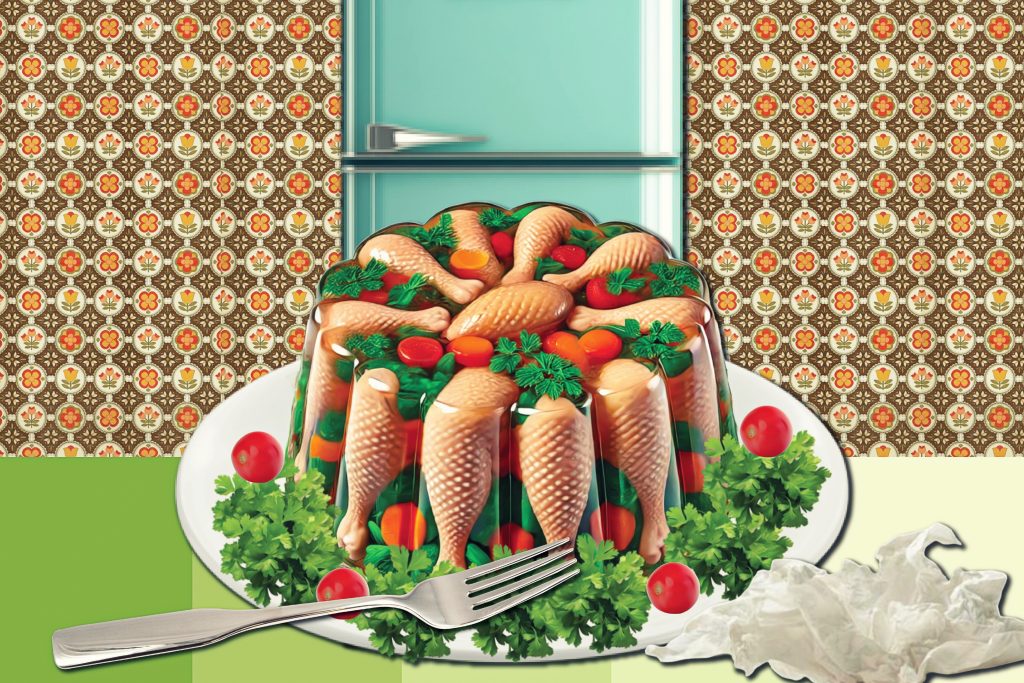Remember settling in, snack in hand, to watch the iconic Looney Tunes? Ah, the nostalgia—a simple time when Bugs Bunny was just a wisecracking rabbit, Daffy Duck a chaotic, slobbering sidekick, and the world seemed so much less complicated. But was it really as innocent as we thought it was? Beneath the slapstick and outlandish chases, many believe these cartoons were actually hiding something much darker. Turns out, Looney Tunes may have been crafted for adult minds, layered with subtle themes, surreal humor, and sometimes sinister subtext.
From the wild escapades to the endless violence, these seemingly innocent cartoons carry fan theories that suggest hidden worlds of political satire, wartime trauma, and biting social commentary. So, why did these cartoons resonate with adults just as much, if not more, than with kids? Could there have been a deeper purpose, or were these creators simply slipping in something subversive under our childhood radar? Let’s step back and look again, through the lens of fan theories that give Bugs Bunny, Daffy, and Porky Pig a whole new, possibly darker, dimension.
At their core, Looney Tunes cartoons were a reflection of the times—coming to life during an era marked by World War II, social tensions, and shifting American values. They weren’t just animated fun for kids; they were a clever vehicle for satire, criticism, and dark humor that were all about adult anxieties.
From political commentary to mustering morale, the animation industry grew during the Second World War. During a time when almost every industry was tasked with supporting the war effort to stop the Axis powers from dominating the planet, cartoons went from entertaining the young to educating adults. In this three-part series; Inside the Magic takes a look back at some of these works of art and the artists who created them during this Golden Age of Animation. In part two we take a look into the Warner Brothers Studio’s role in these wartime films.
Bugs Bunny, Daffy Duck and the Merrie Melodies/Loony Tunes* gang joined in the parade with clips ranging from ridiculing the enemy with satire and absurd (some might say offensive) illustrations of Axis leaders and citizens to depicting key characters antagonizing and overcoming the enemy. *Merrie Melodies was the Looney Tunes answer to Walt Disney’s Silly Symphonies and featured music from other Warner Brothers films.
In November of 1943, Daffy Duck matched wits with the Third Reich in “Daffy the Commando” which was directed by Friz Freleng, written by Michael Maltese and animated by Ken Champin. Audio credit goes to Carl Stalling for music and Mel Blanc for voices. The subtle humor in this Looney Tunes feature is well crafted. One scene shows a telegraph from “the Apes of Wrath” and includes all three Axis leaders (except Mossolini crossed out).
But there were so many more examples of this type of political propaganda in Looney Tunes cartoons. Take the “Russian Rhapsody” cartoon from 1944. It featured Gremlins attacking Hitler’s plane: wartime satire designed to mock the enemy. It was subtle enough for kids, but unmistakably meant for the adults.
And if you need an even bigger more in your face nod to adult content, look at Daffy Duck’s infamous “Daffy the Commando” from 1943. In that cartoon, Daffy is a fire fighter fighting against the Nazis. The cartoon includes slapstick, sure, but it’s woven with dark humor that reflects wartime tensions and digs at authoritarian regimes.
And no matter what how he’s drawn, Bugs Bunny was never meant to be an innocent hare. In the fan theory known as the “Anarchist Bugs” interpretation, Bugs represents a fearless, unapologetic rebel who challenges authority at every turn. It’s easy to see him as just mischievous, but the theory suggests he’s a symbol of resistance and individuality, embodying the era’s growing distrust of rigid authority. “Rebel Rabbit” from 1949 has Bugs on an anti-establishment chaos spree, where he’s pulling off absurd pranks and full-blown civil disobedience. Was he meant to show kids the value of individuality, or was he winking at adults as a reminder of their right to question authority and the government?
But it wasn’t all wartime jabs and political digs. The creators snuck in plenty of social commentary and, yep, straight-up adult humor, too—those sly winks designed just for the parents in the room.
One of the biggest “social misfit” cahracters was Wile E. Coyote and his nemesis the Road Runner—a pair of rivals so iconic their roles almost speak to the concept of existential absurdity. Wile E.’s constant failures and his obsession with capturing the Road Runner reveal a character so tortured that he may even represent the absurdity of human ambition and failure. Some theories argue that Wile E. Coyote symbolizes society’s pursuit of success, a chase that often ends in cartoonish humiliation rather than triumph. Could this be a reminder of the pitfalls of relentless ambition?
Check out “To Beep or Not to Beep” from 1963, where Coyote’s repeated failures start to feel almost tragic—a darkly humorous take on futility that adults might recognize in their own day to day challenges.
Many fans have pointed out the surreal and often unsettling atmosphere in certain Porky Pig cartoons, especially “Porky in Wackyland” from 1938. Here, Porky chases the elusive Dodo into a surreal, and totally bizarre landscape filled with nonsensical and nightmarish imagery. This cartoon has sparked theories that it reflects the dreamlike horrors of the subconscious. Some interpret this as a look at the chaotic, irrational side of the human psyche—a glimpse into the nightmares that adults might have while pretending life is simple and lovely. “Wackyland” blurs the lines between humor and horror, creating a space that’s dark, strange, and wildly unpredictable, and probably not all that great for kids.
Daffy Duck continues to prove he was definitely more than just a zany sidekick; he embodied a darker existential struggle, especially in cartoons like “Duck Amuck” from 1953. In this classic, Daffy Duck’s entire reality becomes a surreal battleground as an unseen animator warps his world—and his identity—without warning. Imagine the frustration: Daffy is drawn, erased, twisted, and redrawn into absurd shapes, leaving him desperate for some form of control. It’s almost like an existential nightmare, but for adults watching, it’s more than slapstick. Daffy’s chaotic struggle to define himself in an unpredictable universe resonates as a wry reflection on our own craving for stability in a world that just won’t quit changing the rules.
So, why were these Looney Tunes cartoons packed with dark undertones, satirical nods, and subtle messages that could fly over children’s heads? Perhaps the creators understood that their work would live on in the minds of adults just as much as in the imaginations of kids.
Looney Tunes was loaded with “for-the-grown-ups” humor, cleverly slipped in between the slapstick for kids. From sly cultural references to sharp-tongued banter, the creators knew how to keep parents tuned in, too. Cartoonists like Tex Avery and Chuck Jones were masters of the wink-and-nod style—adding in quick, edgy jokes or double entendres that went over kids’ heads but hit adults just right. Whether it was savvy marketing or just a love of layered storytelling, it ensured Looney Tunes stayed on TV (and in the living room) longer, appealing across generations.
These theories reveal that maybe, just maybe, our Saturday morning childhoods weren’t as innocent as we thought—and that’s part of the magic. Whether these messages were accidental or intentional, they reflect a layered storytelling style that entertains but also challenges. After all, isn’t it far more thrilling to realize that Bugs Bunny, Daffy Duck, and their friends had far more to say than “What’s up, Doc?”







Perhaps these cartoon are just cartoons. This screams of someone trying to get an academic paper published. Sure there were double entendre or two but sometimes a banana is just a banana…
Or, perhaps, there’s something to it.
Watch “Tom Turk and Daffy” from 1944. A hunted turkey pleads for help from Daffy Duck who tries to help the turkey by hiding him in a snowman. Daffy then convinces hunter Porky Pig that he doesn’t know where the turkey went. Porky trudges away dejectedly and then starts to talk about the turkey dinner he hoped to make but was now thwarted. He starts to describe the meal and Daffy gradually succumbs to temptation, the candied yams being the final straw. He then turns the turkey over to Porky. When the turkey senses the betrayal, he says one word: “Quisling?”
This is adult stuff. The cartoonists made the films for themselves, first and foremost. Check out “The Henpecked Duck” when Daffy mistakes a doorknob for an egg that he’s supposed to be minding and jumps onto it—only to land on the shaft-end of the knob. He then makes a 2-second pose in reaction to this that is an unmistakable and intentional “gay pose.” Or “An Itch In Time” where a dog frantically drags his behind on the floor, yelping, only to stop long enough to look into the camera and say, “Hey, I’d better cut this out. I might get to like it!”, panting and smiling briefly into the camera.
Try reading about the creation of these films and the work and wit that went into them and then tell me that these ‘cartoons are just cartoons.’
Oh my God! There’s sinister buggers EVERY WHERE! Kids laughed. Adults laughed. They just laughed at different times. Grow up. Not everything is a communist plot
…. unless you’re voting demorrhoid. Then, everything IS …
I think you went a bit over the top with your reasoning. If there was any intentional political satire in the cartoons it was meant for a time that demanded awareness of the forces of evil in the world.
The unmentioned writer presents a high school poetry class with the traditional question of what was the authors hidden message. The writer makes little distinction between war time Friz Freleng and 1950s Chuck Jones Unlike Freleng, Chuck’s offerings are best appreciated by adults who accept the work at face value.
Two words. Chill. Out.
We all just enjoyed the wacky cartoons.
Better check out the Easter Bunny. There’s no telling what insidious ingredients go into the making of those Easter Eggs is there? And ‘while’ we’re at it…
I am tempted to dismiss this article ‘s writer as a case of thinking too much. Over analyzation and the lost understanding of satire are killing this country. We are so worried about people’s fragile “feelings” that we have turned all communication into an Orwellian nightmare (just check out Britain’s “Hate Speech” laws). Was all well and good back in those days? Heck no! But we have thrown out the baby with the bathwater in Wokeville.
A hellova lot more of it WAS “well and good back in those days” – a hellova lot. I was there then, and I’m here now, and I’d go back in a heartbeat.
You can keep the digital gadgets, “social media”, skyrocketing crime rate, “pronouns”, and the internet we didn’t have then – we were a lot better off without them.
Too much credit is given to the people whose names appear in the credits…
The messaging in the cartoons came directly from what is now known as the DoD and the State Department.
I was never a cartoon addict, but if there WAS such “messaging”, I missed it.
The creators even said that the cartoons for adults. Not a big shocker.
Sounds like the author is perhaps pro-fascist, and against questioning authority.
Just typical wartime propaganda.
Some theories argue that Wile E. Coyote symbolizes society’s pursuit of success, a chase that often ends in cartoonish humiliation rather than triumph.
Yeah. No.
LMAO! Are you serious?!? Maybe you should write an article on modern cartoons, they are filled with such trash that the old cartoons seem absolutely wholesome by comparison.
This is so bad, the author doesn’t even put their name on it!!
Nothing more than a some woke human spewing their OPINION
ENOUGH OF THIS WOKE CRAP!!!
TRUMP 2024
Maybe true – who knows? All I can say is that our country has plenty of “dark” problems to worry about right now, problems that, if not dealt with promptly and decisively, threaten to destroy America. That’s JOB-ONE.
I’ll leave “Bugs Bunny” to the history buffs.
I traveled to the Colosseum in Rome, the Pyramids and Sphynx in Eygpt, the Parthenon in Greece, then spent time in Albuquerque, when I was younger. Previously to that, I had only seen these places in Bugs Bunny cartoons.
I see a huge number of Hasbara Sayanim accounts repeating a common refrain…
“It’s NOTHING. There is NOTHING here to see, it’s JUST a cartoon, just…watch it…and go back to sleep. Shhhh. There’s nothing to see here. Shhhh.”
Anyone else getting that vibe from the “comments”, many of which seem to be paid?
Another dumb article written by someone born a few years ago.
If the author wanted an easy way to grab someone to read their article then they succeeded, otherwise it’s almost clickbait.
Much of what is said has taken the cartoons and their thrust out the context of the era that they were created in. Even the Andy Griffith show has its own “adult” subtleties.
Flash! Don’t leave out Rocky & Bulwinkle genre, nor Pinky & the Brain equally quality satire along with Alfred E. Newman Mad magazine.
Takes folks with a sense of humor & you live you learn, not hell bent on control, control, control and cooked up fake law suits.
Well, I don’t know about the Bugs/Daffy thing- but I still can’t get the similarities of the conversation in Pinocchio that talks about the little boys going off to the island; and never coming back. Rings of Epstein and the other perverts. That is really creepy.
Oh, Please, What crap and utter garbage
Really? Gee I had that one figured out by the time I was a freshman in ’65’!